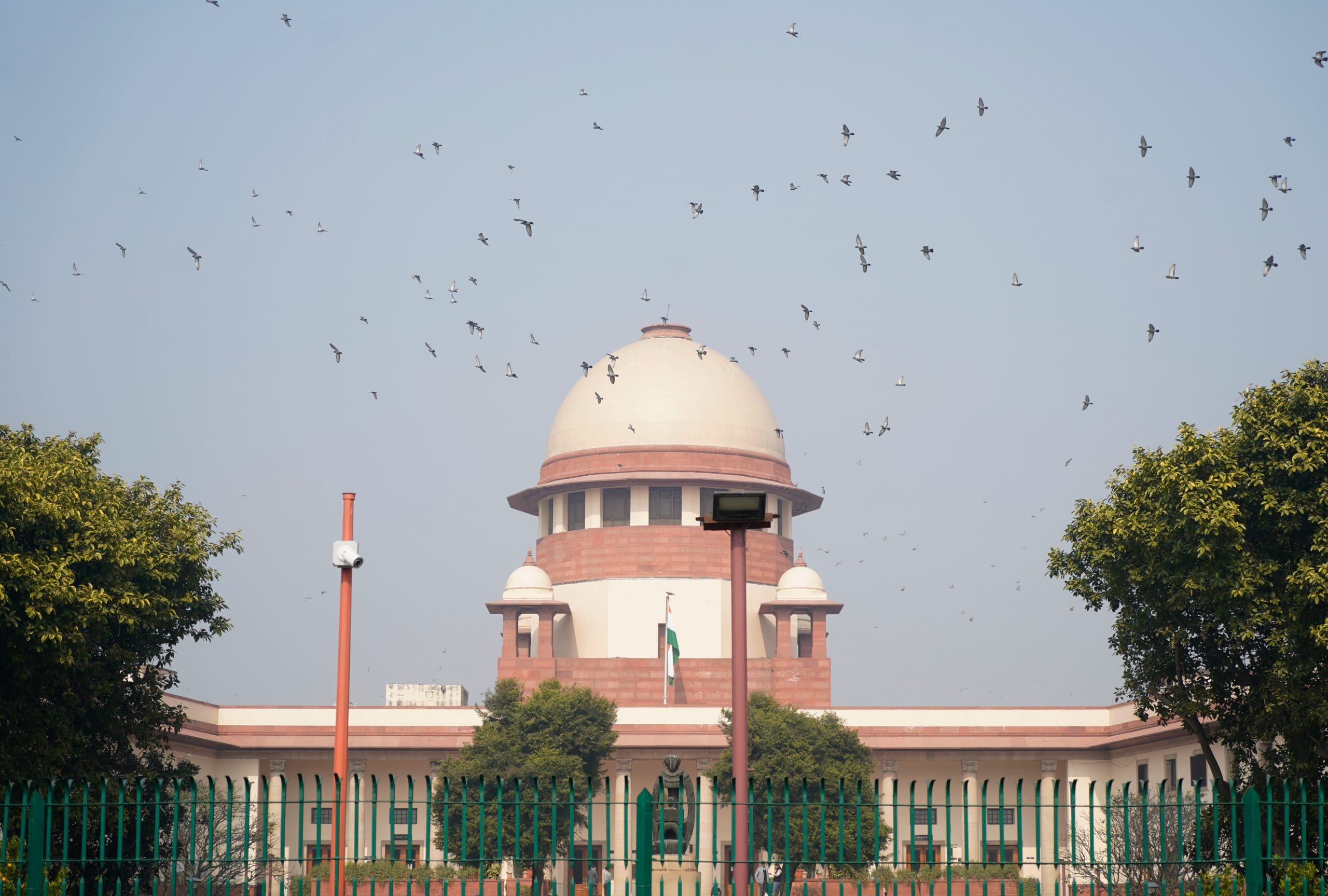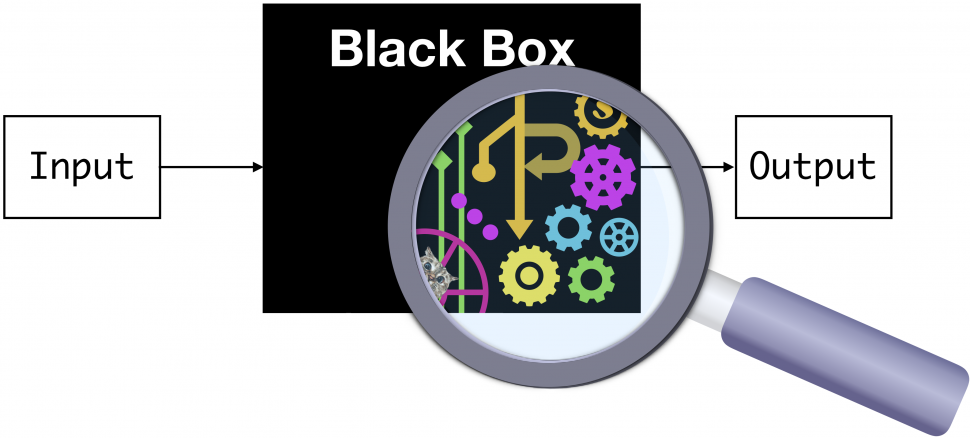- Courses
- GS Full Course 1 Year
- GS Full Course 2 Year
- GS Full Course 3 Year
- GS Full Course Till Selection
- Answer Alpha: Mains 2025 Mentorship
- MEP (Mains Enrichment Programme) Data, Facts
- Essay Target – 150+ Marks
- Online Program
- GS Recorded Course
- Polity
- Geography
- Economy
- Ancient, Medieval and Art & Culture AMAC
- Modern India, Post Independence & World History
- Environment
- Governance
- Science & Technology
- International Relations and Internal Security
- Disaster Management
- Ethics
- NCERT Current Affairs
- Indian Society and Social Issue
- NCERT- Science and Technology
- NCERT - Geography
- NCERT - Ancient History
- NCERT- World History
- NCERT Modern History
- CSAT
- 5 LAYERED ARJUNA Mentorship
- Public Administration Optional
- ABOUT US
- OUR TOPPERS
- TEST SERIES
- FREE STUDY MATERIAL
- VIDEOS
- CONTACT US
“Urdu is not an alien language”: SC upholds use of Urdu on Maharashtra municipal signboard
“Urdu is not an alien language”: SC upholds use of Urdu on Maharashtra municipal signboard
17-04-2025

- The case began with a petition by Varshatai, a former member of the Municipal Council in Patur, Akola district, Maharashtra.
- She objected to the use of Urdu alongside Marathi on the signboard of a newly built Municipal Council building.
- She then filed a petition before the Bombay High Court, challenging the inclusion of Urdu on the signage.
- The signboard displayed the words "Municipal Council, Patur" in both Marathi and Urdu.
- The petitioner argued that using Urdu was wrong and violated the Maharashtra Local Authorities (Official Languages) Act, 2022, which declares Marathi as the official language of the State.
Bombay High Court’s Ruling
- The Bombay High Court dismissed the petition, upholding the use of Urdu on the signboard.
- It clarified that the 2022 Act does not prohibit the use of Urdu or any other language.
- The purpose of signage is to communicate clearly with the public, and using Urdu is justified in areas where people understand and speak Urdu.
- The Court emphasized that the government must be inclusive, especially local bodies, which are the closest to the citizens.
- Unhappy with the High Court's verdict, the petitioner then approached the Supreme Court, challenging the decision.
Supreme Court Ruling
- The Supreme Court had to decide on three main questions:
- Does the use of Urdu on the signboard violate the Maharashtra government's language policy?
- Does it undermine the official status of Marathi?
- Does using Urdu have any religious or communal implications?
- The Supreme Court rejected the appeal and upheld the Bombay High Court’s verdict.
- The Court rejected the argument that Urdu is a religious or foreign language.
- It declared that Urdu is an integral part of India’s composite culture and history.
- The Court emphasized that language is a tool for communication, not a marker of religious identity.
- It held that using Urdu on signage is justified in regions with a substantial Urdu-speaking population.
- The Court underscored that language should be a uniting force, not a dividing one.
- It affirmed that Urdu is not confined to any religion but is a cultural asset shared by many communities.
- It hailed Urdu as part of the “Ganga-Jamuni Tehzeeb”, symbolizing India’s communal harmony.
- The judgment noted that Urdu, like Hindi and Marathi, is an Indo-Aryan language developed on Indian soil.
- The Court cited common legal terms of Urdu origin used across courts in India, such as:
- Adalat (Court)
- Halafnama (Affidavit)
- Peshi (Hearing)
- Vakalatnama (Power of Attorney)
|
Facts About Urdu and Indian Languages
|



